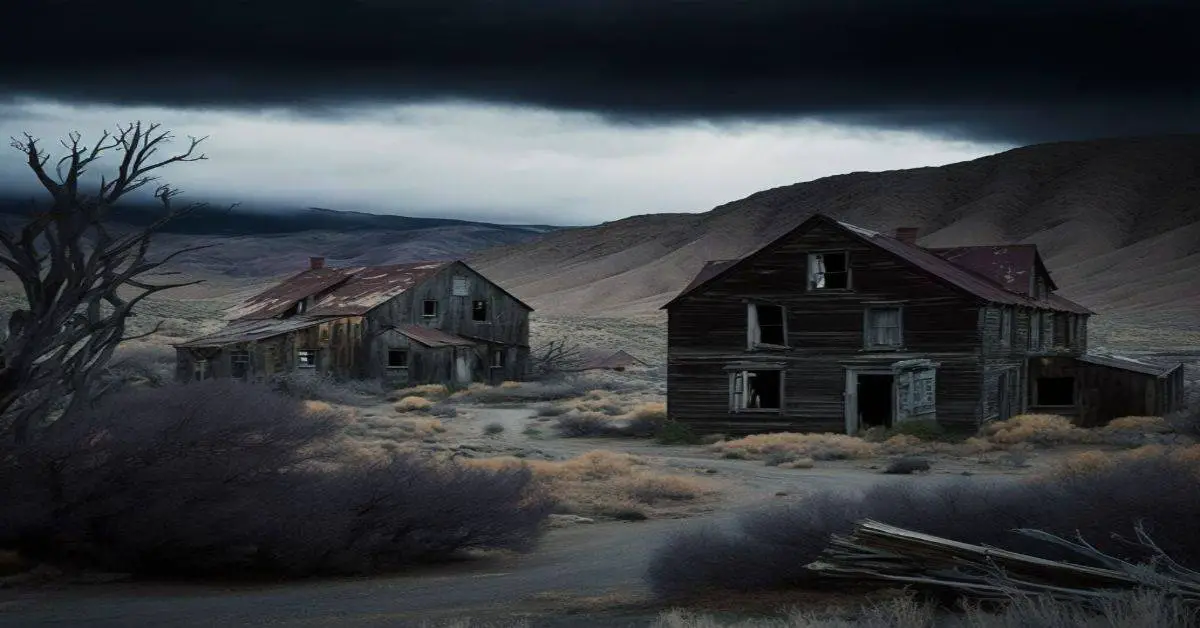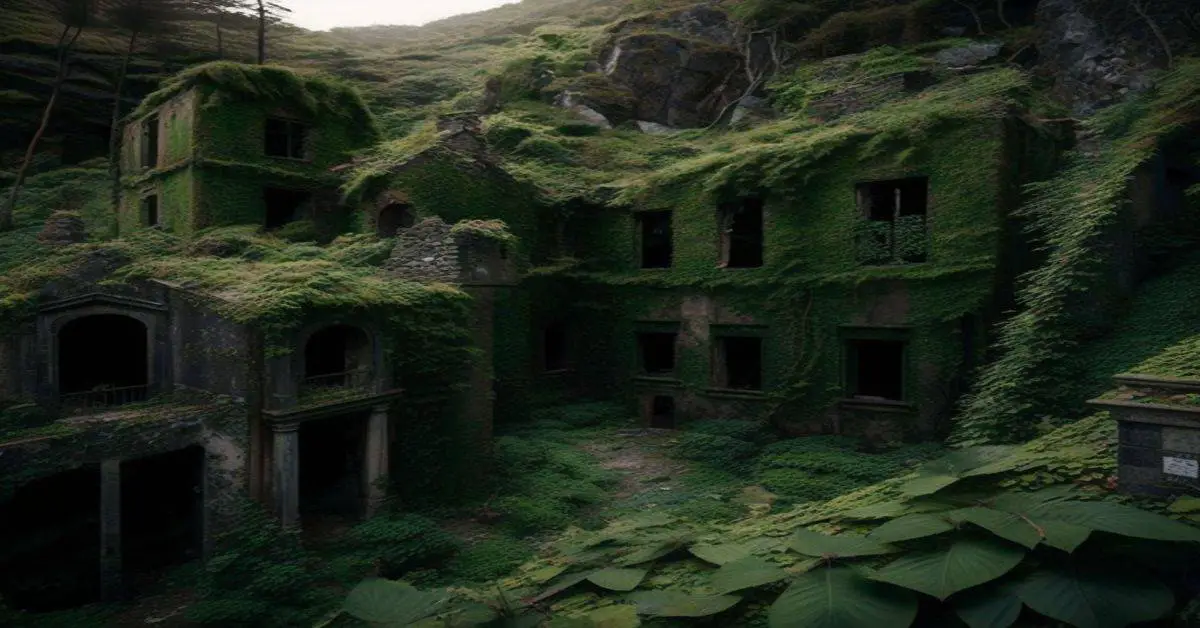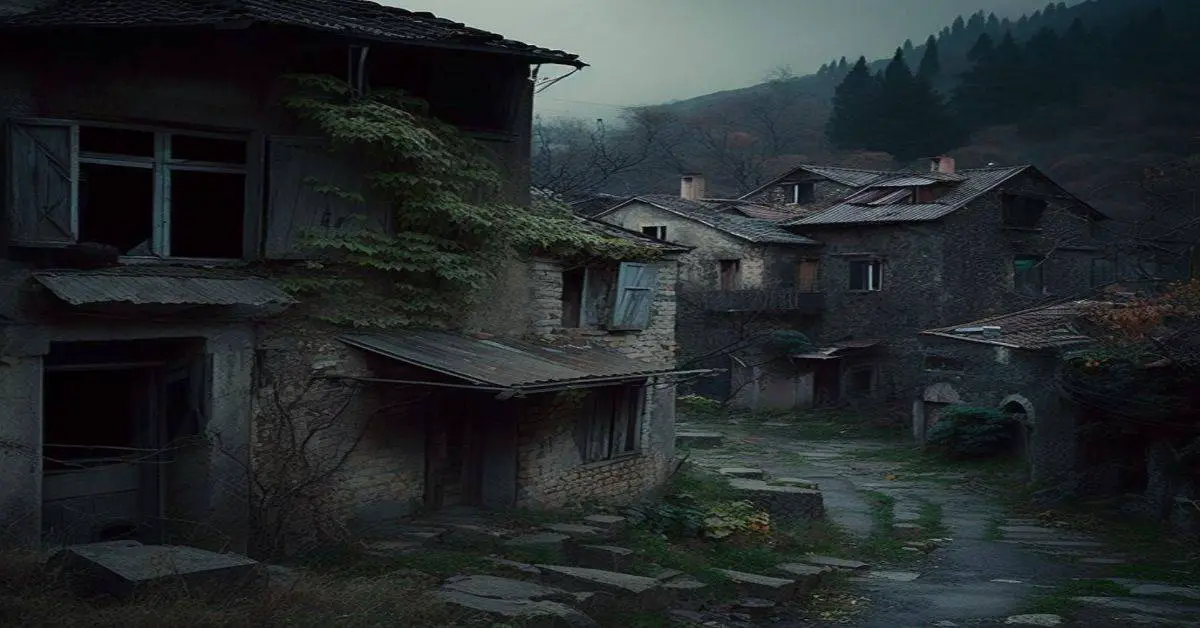Nevada has several ghost towns that testify to the state’s rich mining history. One of the most captivating is Ruby Hill, located in Eureka County. Founded in the early 1870s, the town’s mines attracted large mining corporations, which led to a peak population of 2,500 residents in 1878.
However, as with many mining towns, the boom was short-lived, and the town’s production declined in the 1880s, leading to a dwindling population of 700 residents.
Despite the town’s decline, several buildings still stand on Ruby Hill, offering a glimpse into the past. While the site is private property and requires permission to access, it remains a popular destination for history enthusiasts and tourists alike.
In this article, we will delve into the fascinating history of Ruby Hill, exploring the town’s mines, population, and decline, as well as the remains preserved to this day. Join us as we discover Nevada’s Ruby Hill ghost town and the stories it has to tell.
Key Takeaways
- Ruby Hill is a ghost town located in Eureka County, Nevada that was founded in the early 1870s due to the discovery of rich mines in the area.
- The town experienced a peak population of 2,500 residents in 1878, but economic factors and a decline in mine production led to a decrease in population to just 700 residents by the 1880s.
- Despite the decline, several buildings still stand on Ruby Hill today, and efforts have been made to preserve what is left of the town by private property owners and the Eureka County Historical Society.
- The mines in Ruby Hill produced a variety of minerals, including lead, zinc, copper, silver, and gold, and their economic impact on the area was significant. Today, Ruby Hill is a popular destination for history enthusiasts and tourists.
History and Mines
The history of Ruby Hill involves the discovery of rich mines in 1869, which led to the formation of a camp around the mines in the early 1870s, and the subsequent establishment of several large mining corporations in the district by 1873.
These mining corporations used various techniques, including hydraulic mining and underground tunneling, to extract the valuable ore from the ground. The mines in Ruby Hill produced a variety of minerals, including lead, zinc, copper, silver, and gold.
The economic impact of the mines in Ruby Hill was significant, with the peak population of the town reaching 2,500 residents in 1878. Completing the Ruby Hill Railroad in 1875 provided ore transportation to Eureka, further boosting the local economy.
However, mine production declined in the 1880s, and the town’s population decreased to 700 residents. Despite the decline in production, the mining operations in Ruby Hill remained active until the Eureka-Nevada railroad was washed away by a thunderstorm in 1910.
Population and Decline
During the 1880s, the population of Ruby Hill decreased significantly, dwindling down to only 700 residents as mine production began to decline. Economic factors played a major role in the decline of the mining industry in this area. The lack of funding for the mines, coupled with the decrease in demand for the minerals being extracted, led to the closure of several mining corporations in the Ruby Hill district.
As a result of the decline in the mining industry, residents began to leave the town in search of better opportunities elsewhere. The once-thriving community with a population of 2,500 people in 1878 was reduced to a mere fraction of its former size.
The decrease in population left the remaining residents struggling to keep the town alive. Eventually, the Eureka-Nevada railroad that provided transportation to the town was washed away by a thunderstorm in 1910, marking the end of Ruby Hill’s glory days.
Remains and Preservation
Remnants of the once-bustling mining community in Eureka County still stand today, with several buildings remaining on private property in the Ruby Hill district. Despite the decline in population and the waning of the mining industry, efforts have been made to preserve what is left of the town.
Private property owners have taken it upon themselves to maintain the buildings that still stand, ensuring they remain standing for future generations to appreciate. Preservation efforts in Ruby Hill have also been undertaken by the Eureka County Historical Society, which has worked to document the town’s history and the remaining structures.
They have also helped to secure funding for the restoration of some of the buildings. While the town may not be as bustling as it once was, its remains are a testament to the hard work and determination of those who once lived and worked there. Thanks to the efforts of private property owners and the historical society, Ruby Hill’s legacy will continue to live on for years to come.
Frequently Asked Questions
What types of minerals were primarily mined in Ruby Hill?
Various minerals were mined in Ruby Hill, including silver, gold, lead, and zinc. The economic impact was significant, with the peak population reaching 2,500 in 1878. However, production decreased in the 1880s, leading to a decrease in population.
How did the town get its name?
The origin of Ruby Hill’s name is unknown. There is no historical or folklore significance, nor any legends or myths surrounding the name. It is simply a name given to the town without any particular stories or tales associated with it in its history.
Were there any notable events or conflicts that occurred in Ruby Hill during its heyday?
During Ruby Hill’s peak population in the late 1870s, there were no notable events or conflicts recorded. However, like any mining town, mining accidents were common. There are no records of supernatural sightings in Ruby Hill.
What is the current ownership status of the remaining buildings and property in Ruby Hill?
The ownership status of the remaining buildings and property in Ruby Hill is private, requiring permission for access. There are currently no known restoration plans for the historical structures on the site.
Are there any plans for future preservation or restoration of the town?
There are currently no known revitalization efforts or funding sources dedicated to the preservation or restoration of Ruby Hill. Its private ownership and lack of tourism may hinder future restoration projects.


